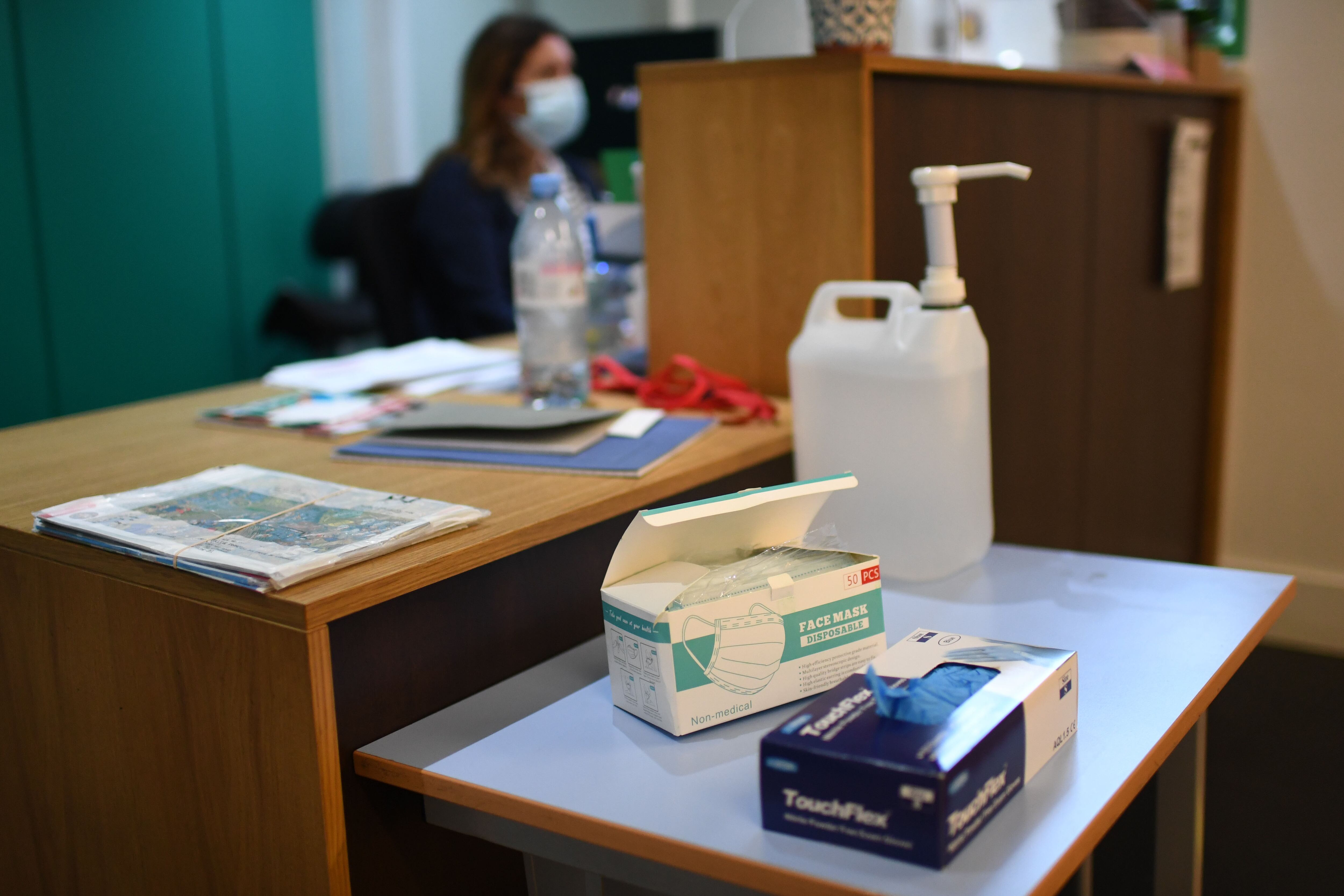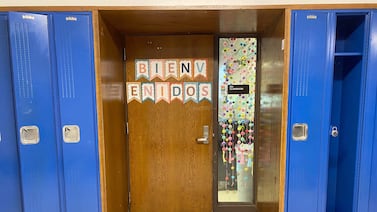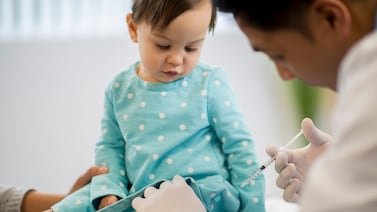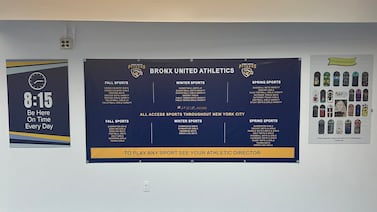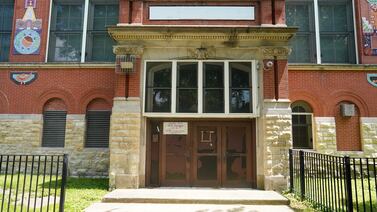The Indiana Department of Education will offer little oversight for districts as they decide how to reopen school this fall. Instead, the state’s top elected education official is pointing school leaders to local health departments for help.
During her biweekly webinar for school leaders on Tuesday, State Superintendent Jennifer McCormick fielded questions from educators on the state’s guidance for reopening schools, which was released last week. But she largely avoided giving firm direction, maintaining that most of the decisions about what schools will look like should be made by local district leaders.
“Your plan is your plan,” she said. “If you want to morph that based on your health department’s input, based on your needs, that is completely up to you.”
Gov. Eric Holcomb plans to purchase 2 million masks, in both adult and child sizes, which the state education department will distribute to schools that plan to use them, McCormick said. Masks could help in situations where social distancing is difficult, such as on school buses, she said. The state’s guidance suggests districts follow the federal guideline that all school employees wear a cloth mask.
But McCormick didn’t answer questions about who should be required to wear masks, if they should be required on buses, and whether parents can sign a release to excuse their child from wearing one. Instead she pointed administrators to their local health departments or attorneys for answers.
“We left a lot of that local for a reason because it will look very different school to school or county to county,” she said.
Unlike this spring, when the state reviewed hundreds of remote learning plans, districts’ fall reopening plans won’t be submitted to the Indiana Department of Education, McCormick said. She recognized that the coronavirus outbreak was affecting each county differently, situations could change quickly, and the fall holds “a ton of unknowns.”
The state also won’t step in to set a statewide start date for next school year despite calls from some parents and educators for the first day of school to be pushed back until after Labor Day to give more time for administrators to plan and the outbreak to subside. McCormick said that while some schools prefer the later date, others say they’d rather bring students back as soon as possible, should there be another spike in COVID-19 cases.
“We just simply do not know what the fall is going to bring and look like,” she said.
It’s still unclear if schools will receive waiver days again next year, allowing them to cancel school days without making them up. State guidelines suggest buildings close for two to five days if there’s a confirmed case of COVID-19 among students or staff — a recommendation that sparked questions from educators on Tuesday.
Districts should proactively decide the best protocol for handling a positive case, she said, which means some could try to avoid closing. But McCormick reminded school leaders that health departments will provide oversight, and could interject.
“Do not forget that ultimately the health department in your area can shut you down,” she said.
It’s also unclear if districts will once again be forgiven from statewide testing and other accountability measures, including attendance rates. McCormick said those conversations, which would require support from Holcomb or state lawmakers, are coming.
Educators on Friday told Chalkbeat cleaning and transportation were among their biggest and most expensive problems for next year. Social distancing restrictions could leave students riding to school on half-empty buses, which could mean districts need more drivers running more routes and cleaning buses between trips.
On Tuesday, McCormick said state guidelines should leave schools with enough flexibility to transport students safely. She recommended using a seating chart for buses, in part to make assisting health departments with contact tracing easier.
McCormick didn’t address concerns about the costs of recommended precautions during the webinar.


